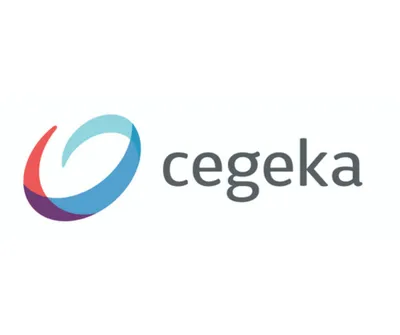I’ve experienced multiple digital transformations firsthand, from implementing the strategy to leading and driving transformation across entire organisations. Over time, "digital transformation" has become a generic term, meaning different things to different people and businesses. This lack of clarity is a problem. If leaders can't define and align their organisation around a specific digital transformation program, success is unlikely. On a side note, McKinsey’s research shows that less than 30% of digital transformation programs are considered successful.
I observed three levels of digitisation: incremental, transformative and disruptive. Incremental digitisation involves the digitisation of existing business processes and customer experience. Transformative digitisation involves new digital business models, while disruptive digitisation is a radical reinvention of the existing business. In reality, many businesses have a false sense about digital transformation. For some, digital transformation are often only incremental changes – such as adding digital components to existing processes, improving the current Customer Experience (CX) through digital channels, consolidating infrastructure in the cloud, and other incremental improvements. I would not consider incremental digitisation as digital transformation, and I would define transformative and disruptive digitisation as true Digital Transformation.
What is the definitive meaning of digital transformation?
Digital Transformation involves integrating digital technology across all business areas, changing operations, and delivering customer value. It aims to optimize costs or boost revenue, requiring a cultural shift to challenge the status quo, experiment and accept failure. Organisations that don't modernize risk becoming irrelevant, like Nokia in mobile devices. Companies over 20 years old often use outdated software and IT infrastructure, unlike newer, leaner competitors who leverage modern technology for better client engagement and user experience. Digital transformation is a continuous journey, requiring ongoing adaptation to stay current with technology and market changes. According to Statista’s projections, the worldwide expenditure on digital transformation is expected to reach $3.4 trillion by 2026. Going more niche, to financial services, IDC estimates that 75% of the banks are still running on legacy core banking systems while 98% of them are planning to upgrade their core banking systems to accelerate digital transformation within the next three years.
How do the strategies for driving digital transformation differ between start-ups and established organisations?
The Digital transformation strategies differ significantly between start-ups and established organisations due to their development stages, resources and structures. Start-ups are agile, running lean processes, quickly adapting to market trends and new technologies and pivoting strategies. With minimal bureaucracy and fewer management layers, they can experiment, innovate, make decisions and implement changes swiftly. They are founded with a digital-first mindset, embedding digital technology in their business models from the outset. With customer centricity in their DNA, they focus on creating digital solutions that meet evolving customer needs, leveraging the latest technologies to enhance user experience. According to EY, 44% of executives in high-performing transformations indicate their organisations had the digital skills and mindset needed for transformation.
Start-ups can attract tech-savvy talent more easily by offering innovative projects, a dynamic work environment and equity incentives, appealing to those passionate about digital technology. With limited resources, they must prioritize investments that offer the highest return on investment and scalability. Often relying on venture capital or other external funding, they need to focus on demonstrating rapid growth, innovation, and transformation if required.






